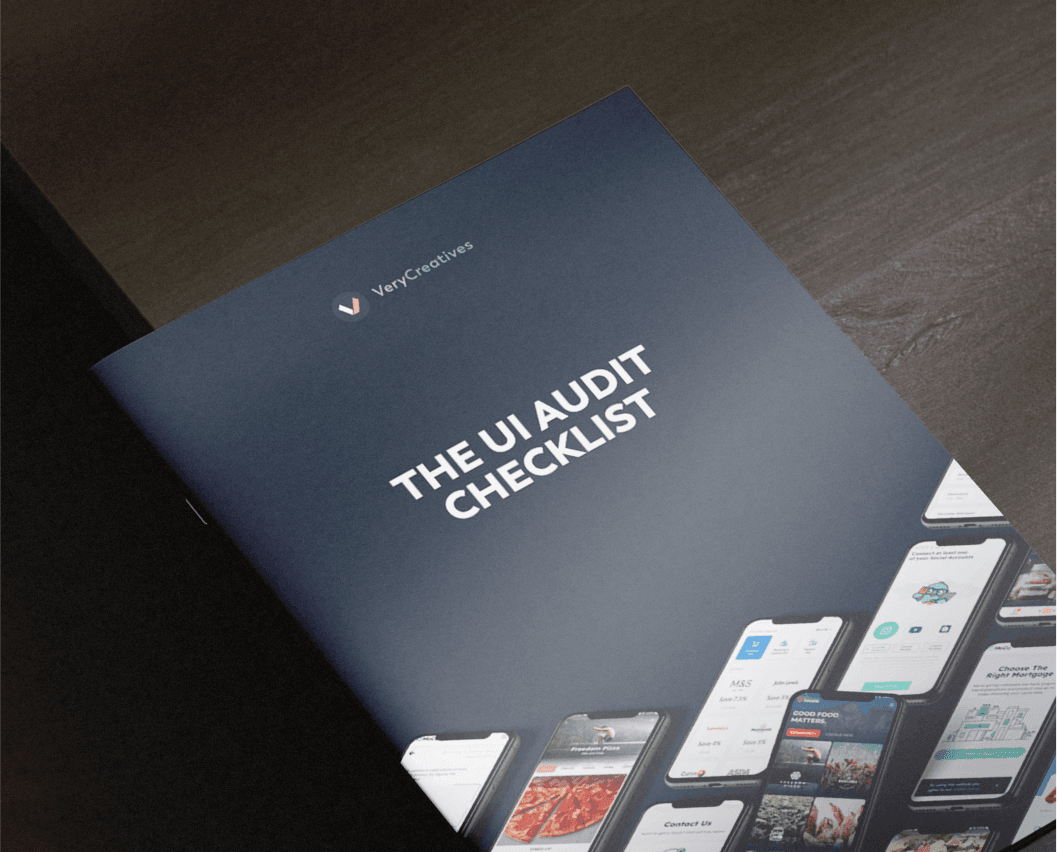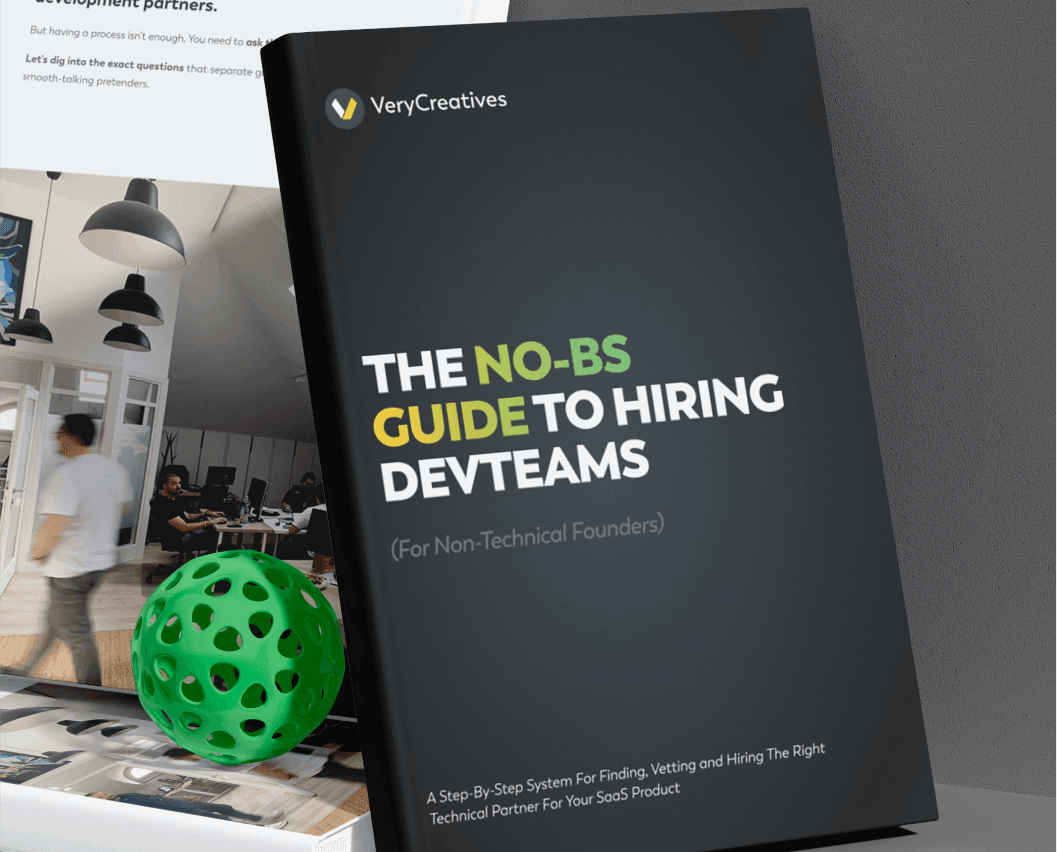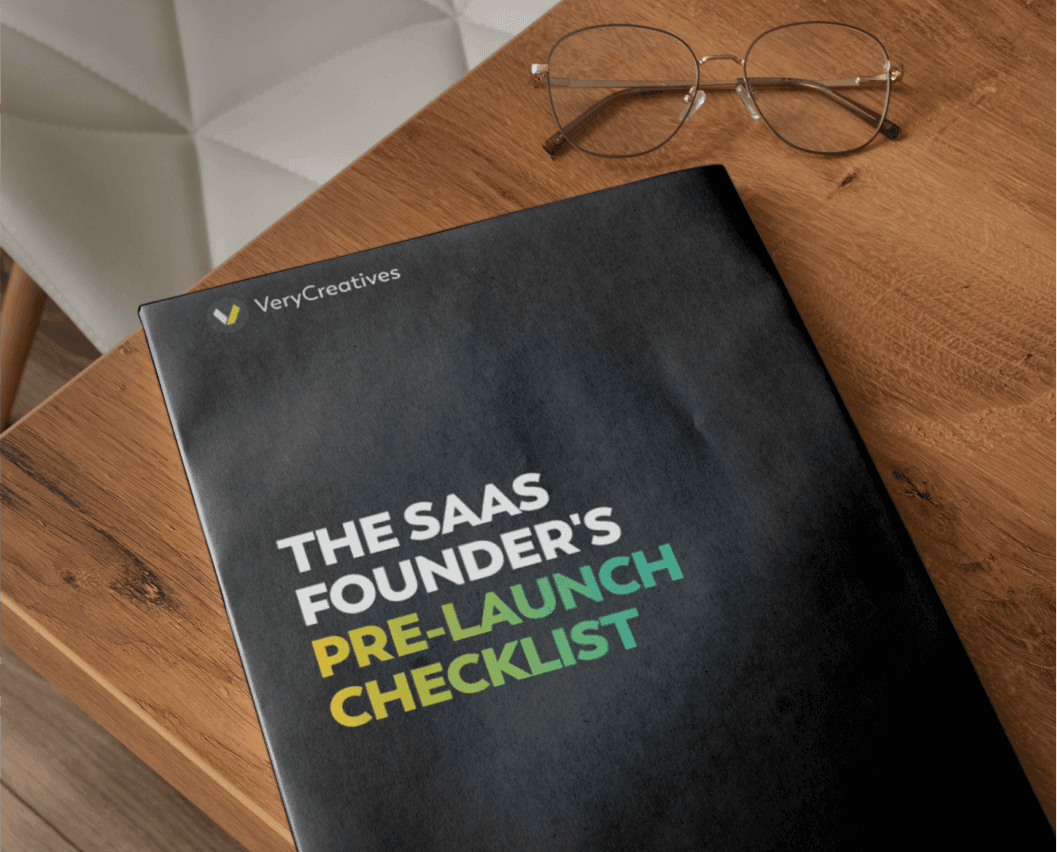Valuable resources for you
We created these ebooks, whitepapers, and guides to help you on your journey of building successful digital products. Each piece contains a bit of the knowledge we have built up throughout the years. All for free.


UI Audit Checklist
Make sure your product’s interface is working for your users, not against them. This UI Audit Checklist helps SaaS founders and product teams quickly spot design issues, improve usability, and create a cleaner, more consistent user experience.

The No-BS Guide to Hiring Tech Teams
Hiring the wrong dev team can sink your startup before it even begins. This no-fluff guide gives non-technical founders a proven system to find, vet, and hire the right technical partner for their SaaS product.

The SaaS Founders' Pre-Launch Checklist
Launching your SaaS is a big moment — but skipping key steps can kill trust with early users. This checklist helps founders double-check strategy, workflows, and tech essentials so their product is ready for prime time.
